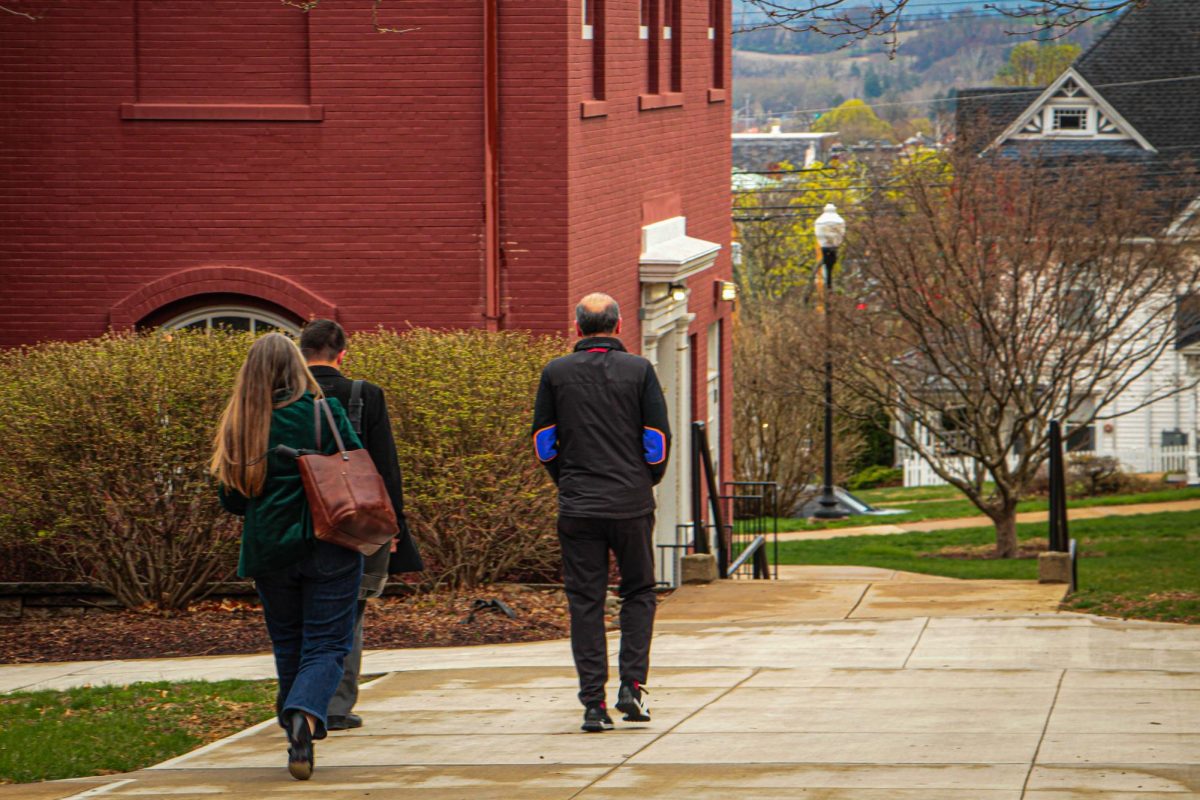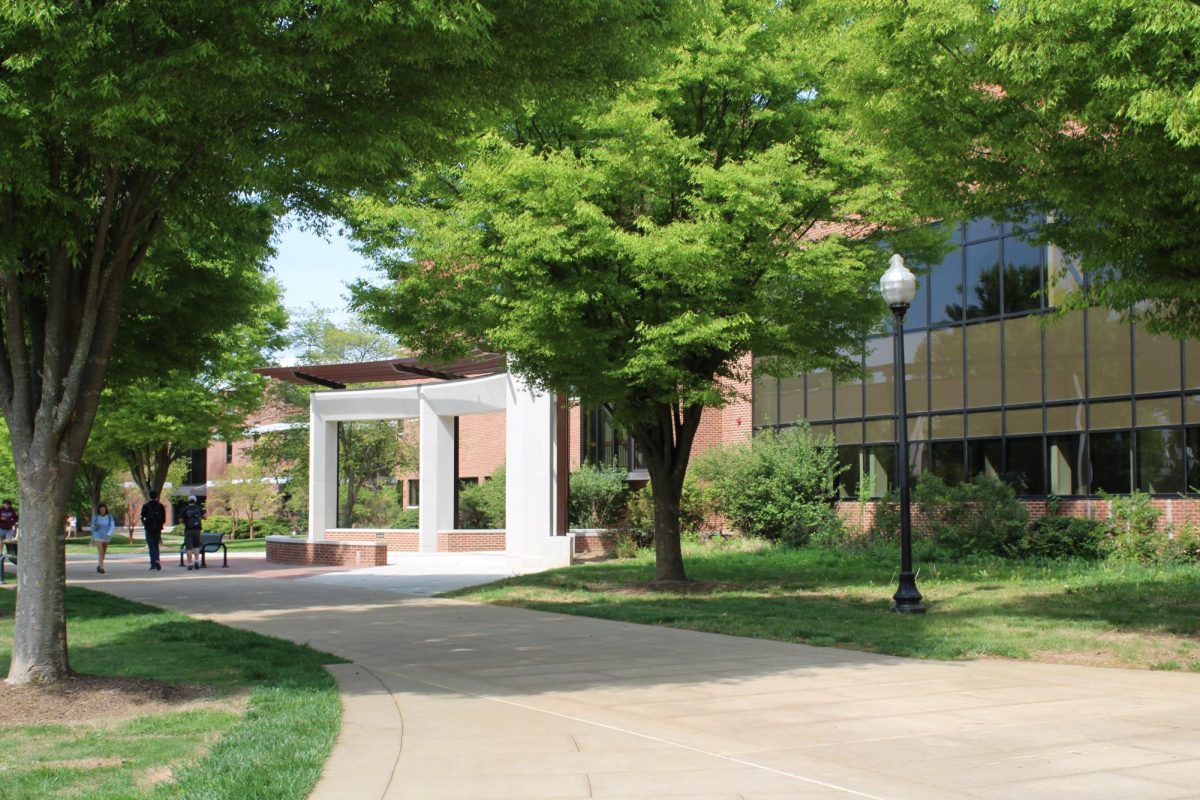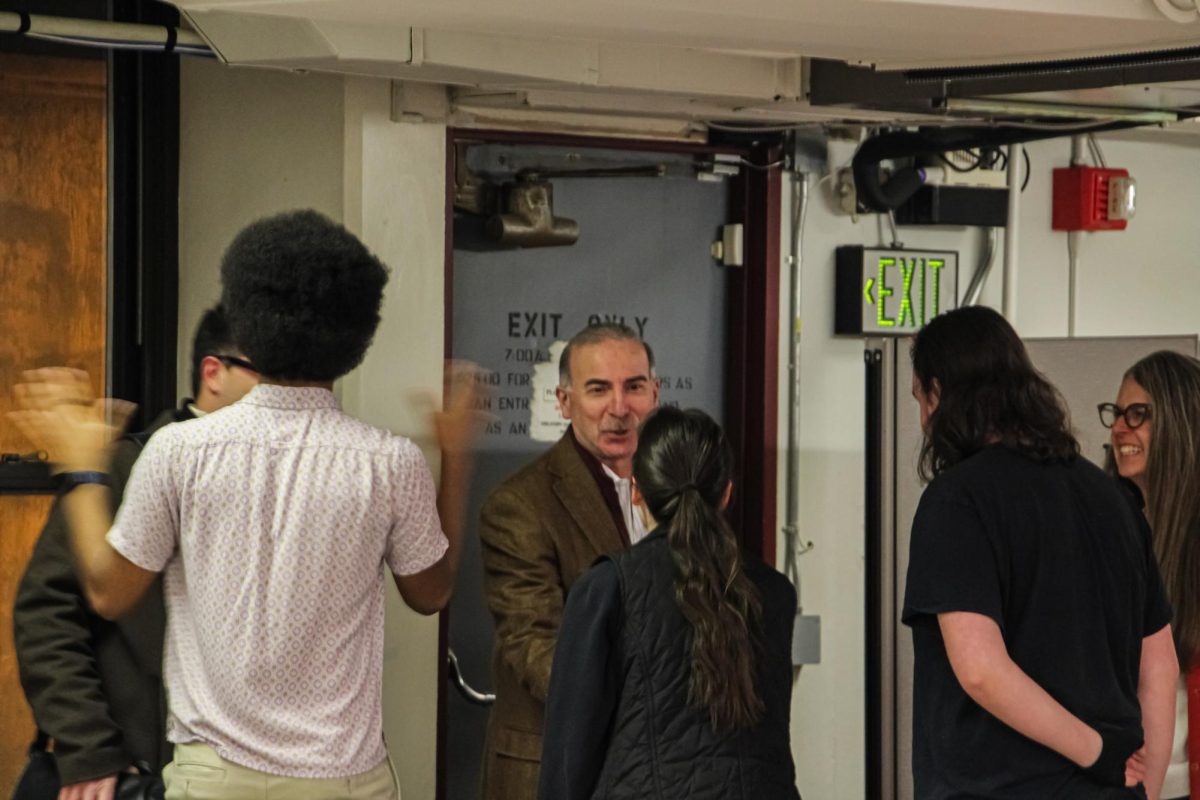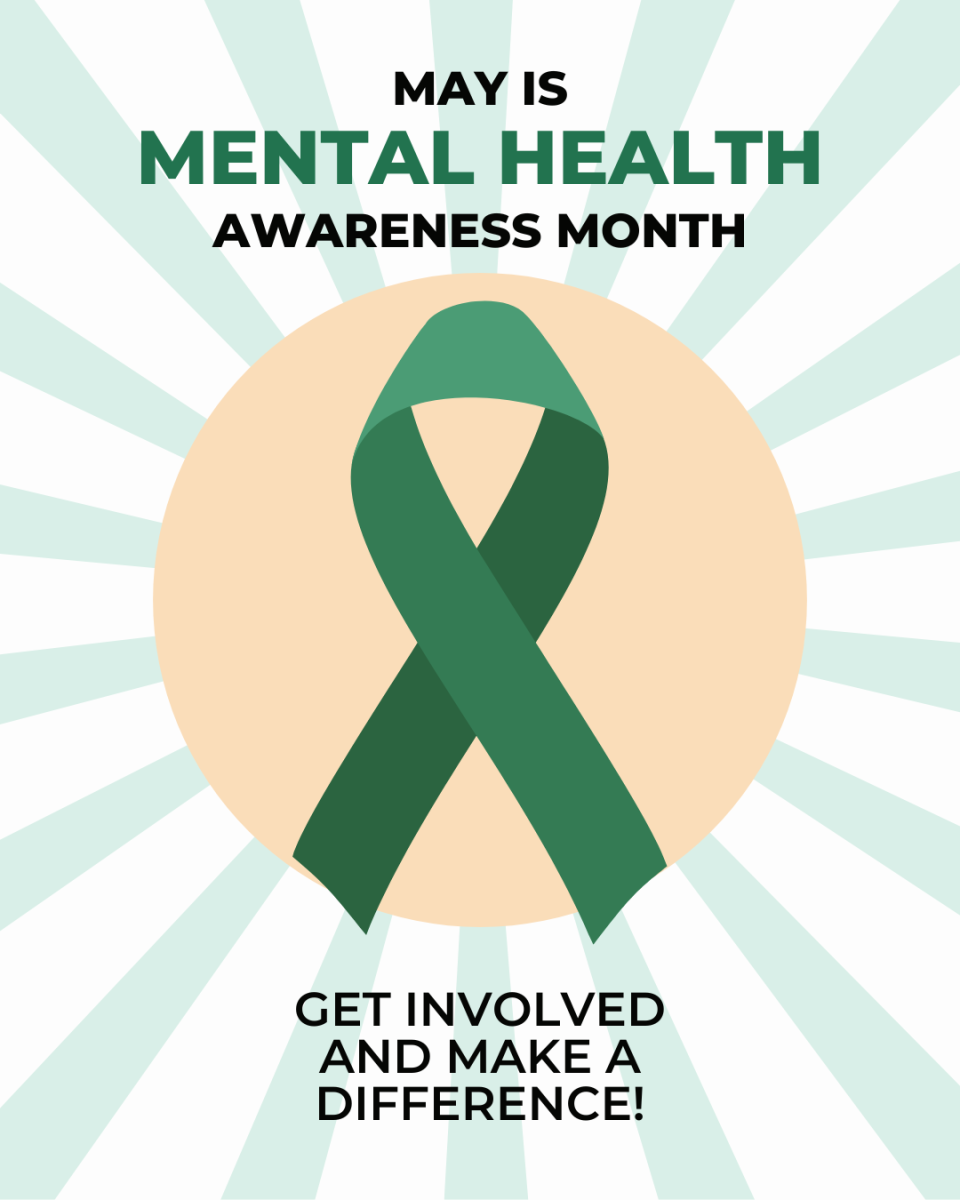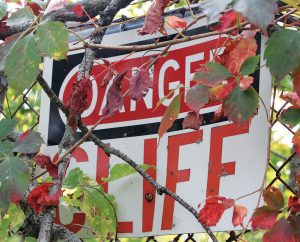Don’t be SAD this year
Suggestions to combat Seasonal Affective Disorder
November 14, 2019
As we progress further through the fall and move closer to winter, the temperature continues to drop and so does student morale on campus. This is totally natural because we’re approaching the last stretch of the semester.
Finals are not that far away, and that paper assigned in September is due next week. It’s not strange for a student to feel down this time of year, but for some it’s a little more than simply feeling down.
According to the American Psychiatric Association, five percent of adults suffer from Seasonal Affective Disorder, acronymized as SAD, every year.
SAD is a type of depression that manifests during the fall and spring as the seasons change. Its symptoms are identical to depression.
Individuals may feel lethargic, have trouble concentrating or even experience suicidal thoughts.
If you are experiencing these symptoms there are a few ways to combat them. Two of the most popular at home treatments include light therapy or vitamin D supplements.
Light therapy helps make up for the lack of sunlight synonymous with this time of year. For light therapy to be effective it is recommended that you spend thirty minutes near a source of warm light each day.
This can be done with either a light box or even a sunlight bulb. You can find a light box on Amazon for $40.
If you desire a more economical approach, sunlight bulbs are available at your local hardware stores for less than $10.
If light therapy isn’t your cup of tea, I advise you to check out the vitamin D supplements. I take one every morning and they have done wonders to improve my mental health this time of year.
I spend a lot of time outside during the warmer months and the lack of vitamin D from natural sunlight during the fall and winter months detrimentally impacts me.
So, vitamin D coupled with a few hours at the gym each week really helps get me through the winter.
However, either or both of these methods may not work for some people. If you have exhausted all of your options and are still losing to SAD, your next best option is definitely a visit to the on-campus counseling center.
The counseling center is located on the second floor of the SSC. Once there, a counselor can help you to design a plan that best fits your specific needs.
You may feel daunted by this last approach because there is a stigma against mental health, but please don’t do yourself a disservice and let others influence you.
Unseen illnesses are often the most devastating and frequently go untreated. But it is never too late to take a step in the right direction.
Just do you, and be the best that you can be.
Brett is a senior English major and a staff writer for The Voice.

